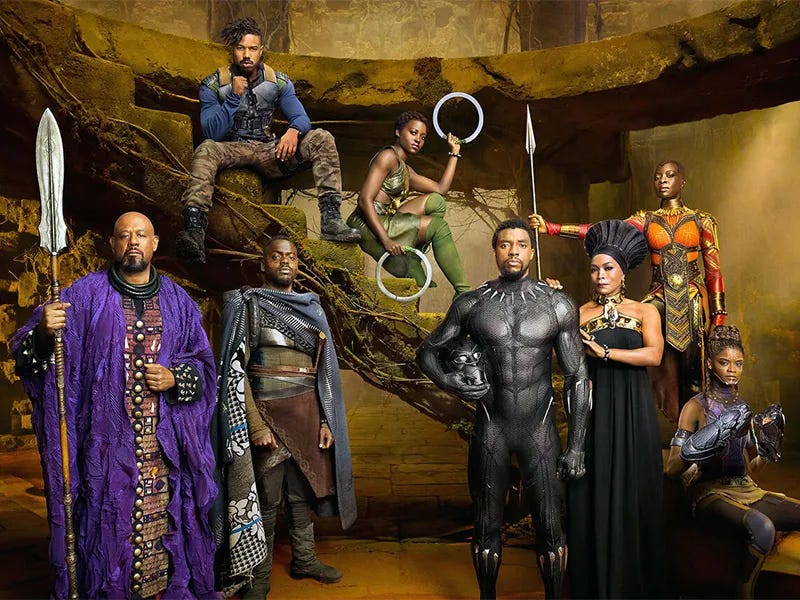
In recent years, African art has emerged as a powerful force in global pop culture. It is no longer confined to museums or galleries but influences music videos, fashion, movies, and social media trends.
African aesthetics, rich in colour, storytelling, and symbolism, are embraced worldwide. From Beyoncé's Black Is King visual album to bold prints dominating high-end runways, the essence of African art is everywhere. This shift isn’t accidental. A growing appreciation for African creativity and narratives fuel this.
But why now? This rising influence is tied to a broader cultural awakening. There’s a global hunger for authenticity and diversity in storytelling. African art offers both, blending deep traditions with contemporary innovation.
In this digest, we will explore the reasons behind this rise and its impact on global culture.
Historical Roots of African Art’s Global Appeal
African art has always been a storytelling medium, rooted in tradition and spirituality. From the Benin Bronzes to the iconic Nok terracotta sculptures, African art pieces have long symbolised power, identity, and connection to the divine. Western museums have held African artefacts in their collections for centuries, yet their true cultural significance is only now being widely appreciated.
The repatriation of stolen African art pieces is a significant step in correcting historical injustices. Institutions such as the British Museum and the Louvre have begun returning artworks, leading to renewed interest in the stories behind these treasures. As they make their way back to African soil, they serve as reminders of the continent’s artistic prowess and enduring influence.
The Role of Music and Film
Music and film are amplifying African art's reach. Afrobeats—-led by stars like Davido, Burna Boy, and Wizkid—-is a global phenomenon. Their music videos often incorporate African art and culture. For instance, Burna Boy’s Twice As Tall album showcased intricate African designs and themes.
Hollywood is also embracing African aesthetics. Films like Black Panther set new benchmarks for representing African culture. Its costume designs and set aesthetics were inspired by various African traditions and patterns. The film’s success sparked global interest in African art and culture.
How Technology Serves as a Catalyst for This Rising Influence
Technology has accelerated the global reach of African art. Digital platforms allow artists to connect directly with audiences. Virtual galleries and NFT marketplaces enable creators to monetise their work internationally.
Social media algorithms also favour visually striking content, which African art naturally provides. As a result, African creators gain visibility across the globe.
Why African Art Resonates Globally
African art resonates because it tells universal stories. Its themes—identity, resilience, and community—transcend borders. In an era where people crave authentic narratives, African art offers something unique.
Moreover, its boldness is a refreshing contrast to minimalism dominating Western aesthetics. African art celebrates life through its vibrant colours and dynamic forms. This energy appeals to audiences tired of uniformity.
African art is no longer on the sidelines of global culture—it’s at its centre. Its influence spans fashion, music, film, and technology. Artists are using their heritage to redefine modern creativity, and the world is taking notice.
This rising influence isn’t just a TikTok trend; it’s a movement. By embracing African art, global culture becomes richer and more inclusive. To truly honour this influence, we must celebrate and support African creators. As their work shapes the future of pop culture, they deserve not just recognition but also respect and fairness.
African art is here to stay, and its global impact is just beginning.







I like the positive stance on African art, absolutely! Digitally, besides the use of NFTs and online gallery, we could also say social media is contributing to its success, whether it's in the Reels or short podcasts and interviews that document African art in history